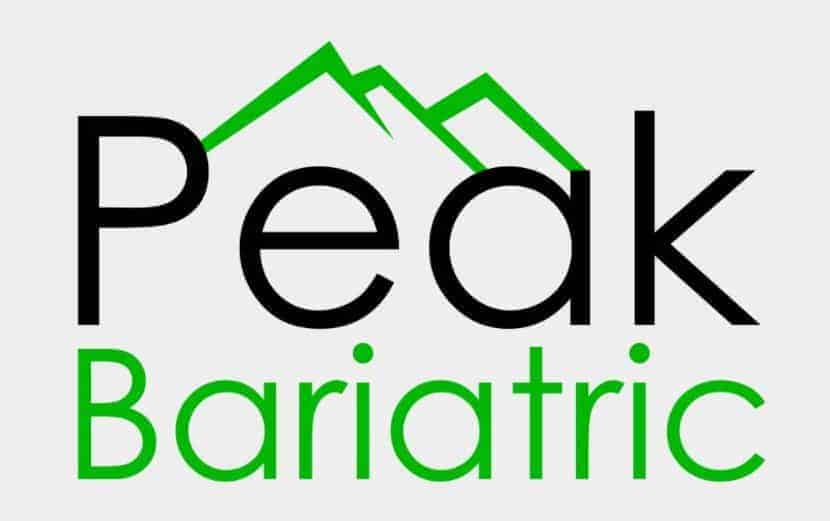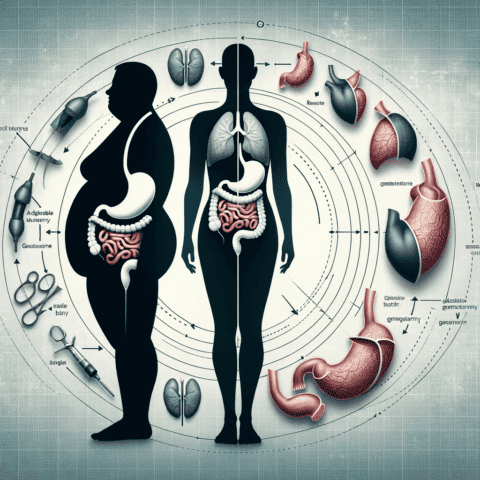Maintaining a balanced diet is a crucial part of a healthy lifestyle. While preparing meals at home allows you to control every ingredient, it’s not always feasible due to time constraints or lack of culinary skills. This often leads to ordering food from a restaurant or grabbing a quick bite from a drive-thru. However, the good news is that you can make healthy choices at almost any restaurant. This comprehensive guide will provide you with strategies to make healthier choices when dining out.

Pre-emptive Menu Planning
Before heading to a restaurant or fast food joint, take the time to preview the menu. This strategy allows you to plan your order in advance and resist unhealthy impulses. Most restaurants have their menus online, but if you can’t find it, review apps like Yelp or Google often have customer-submitted pictures of the menu. Look for items that align with your current diet, and stick to your decision once you’re at the restaurant. Even at a familiar fast food drive-thru, there are ways to make healthier choices. For instance, if you’re craving a burger, consider ordering it without mayonnaise, bacon, or cheese and opt for low-calorie, fat-free condiments like mustard. You could even go a step further and eat it without one or both buns.
The Power of Whole Foods
Whole foods are unprocessed and mostly unrefined, meaning they are simpler in form and closer to their natural states. When browsing the menu, aim to order items that are in their whole foods form. For example, choose grilled chicken breast over cream of chicken soup, blackened salmon instead of salmon burger patties, and fajita steak over a ground beef burger. Foods closer to their original form are less likely to have been altered with unhealthy additives.
Bread: To Skip or Not to Skip
Bread is high in carbohydrates and low in nutrients. While whole grain breads tend to have more beneficial vitamins and minerals, they are low in protein and fiber, which can slow down digestion and contribute to weight gain. Additionally, bread is high in sugar, which can cause insulin levels to spike. If you’re committed to making healthy choices, consider skipping the bread.
The Truth About Fried Foods
Deep-fried foods are high in calories and trans fat. The process of immersing food in oil, often after coating it in a batter made of flour, eggs, beer, or heavy cream, significantly increases its calorie content. Be aware that some restaurants may deep fry items that would ordinarily be healthy, reducing their nutrient density. When in doubt about any item on the menu, don’t hesitate to ask your server for details on how it’s prepared.
The Rise of “Skinny” Alternatives
With increasing dietary awareness, many restaurants now offer “skinny” options. These dishes provide the same chef-prepared flavor you love, but without the use of high-fat ingredients like butter, cheese, whole milk, and heavy cream. Instead, they substitute these ingredients with ones that are lower in fat and higher in nutritional value, allowing you to enjoy the same tasty items on the regular menu without the guilt.
Portion Control: The Lunch Menu Hack
Most restaurants don’t advertise that you can order off the lunch menu at any time of day, but it’s often possible. While ordering off the lunch menu doesn’t guarantee low-fat, low-carb options, it does typically mean smaller portions. Portion control is an effective tool for reducing calorie and fat intake for weight loss. Here are some tips for visualizing proper portion sizes:
- 3-4 ounces of meat is approximately the size of a deck of cards
- 1 cup of cooked rice or pasta is the size of a tennis ball
- 2 tablespoons of salad dressing is roughly the size of a golf ball
- 1 cup of just about anything is around the size of a woman’s fist
The Half-Plate Strategy
This is another way to control your portions, especially if the lunch menu is off limits. Whether you order the full or lunch size of your meal, be mindful of how much is on your plate. Using the tips to visualize serving size above, cut your portions down to the right size. This is the easiest way to avoid the temptation to eat everything on your plate. Ask your server to bring out a to-go box with your meal. As soon as your food arrives, transfer the excess food to a to-go container and save it for your next meals.
Additional Tips for Healthy Dining Out
Opt for Water
Sugary drinks can add a significant amount of calories to your meal. Instead, opt for water, unsweetened iced tea, or other calorie-free beverages. If you prefer a flavored drink, consider adding a slice of lemon or lime to your water.
Be Mindful of Sauces and Dressings
Sauces and dressings can add a significant amount of calories and fat to your meal. Ask for them on the side so you can control the amount you use. Opt for lighter options when available.
Choose Steamed, Grilled, or Roasted
When choosing your meal, opt for dishes that are steamed, grilled, or roasted as these cooking methods typically use less fat. Avoid dishes that are fried or sautéed, as they are often higher in calories and unhealthy fats.
Don’t Be Afraid to Customize
Don’t be afraid to ask for substitutions or changes to the menu. Most restaurants are happy to accommodate your requests. For example, you could ask for extra vegetables instead of fries, or for your meal to be cooked without butter or oil.
Listen to Your Hunger Cues
Pay attention to your hunger and fullness cues. It’s easy to overeat when dining out, especially if you’re in a social setting. Try to eat slowly and savor your food, and stop eating when you’re comfortably full, even if there’s still food on your plate.
Dining out doesn’t have to sabotage your diet. By making mindful choices and using the strategies outlined in this guide, you can enjoy a meal out while still maintaining a healthy diet. Remember, the key to a healthy diet is balance. It’s okay to indulge occasionally, as long as you’re making healthy choices most of the time.






